-
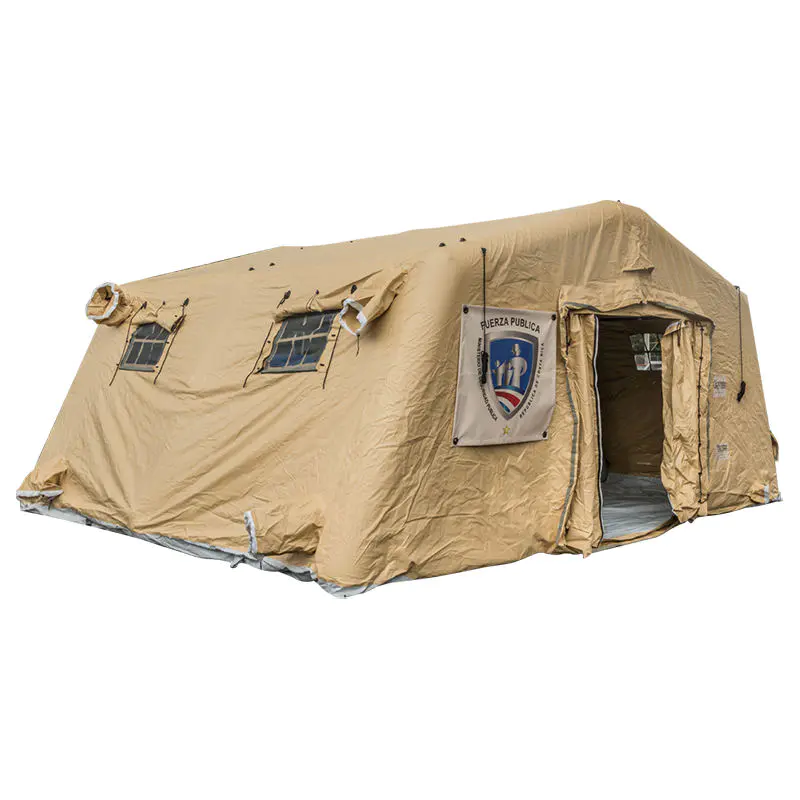 5.6x5.15m Multipurpose Small Rapid Deployment Low-Pressure Inflatable Shelters
5.6x5.15m Multipurpose Small Rapid Deployment Low-Pressure Inflatable SheltersInflatable Relief/Emergency Tent
-
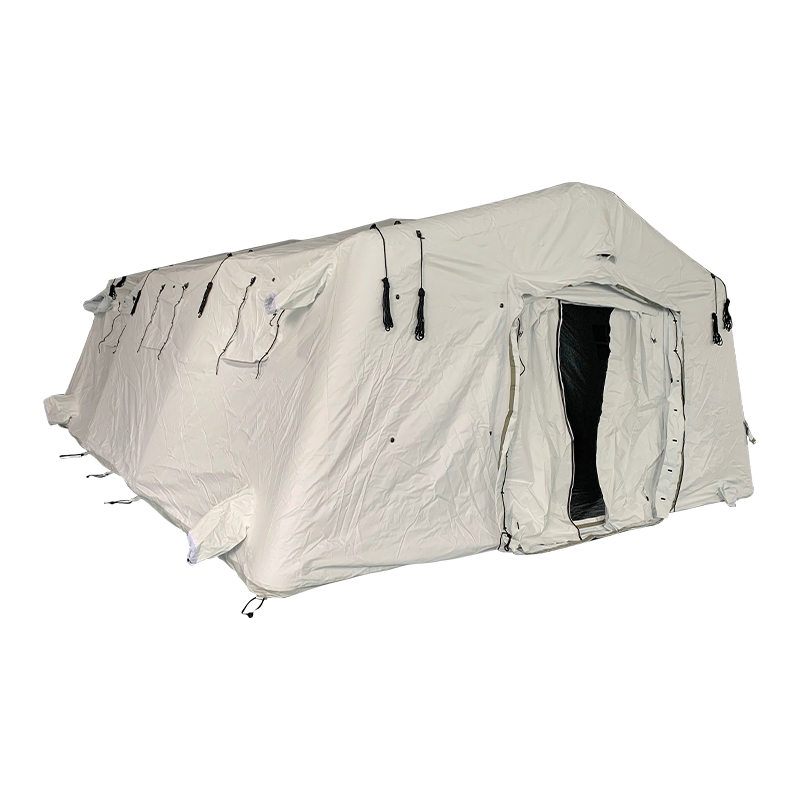 Low-Pressure 5.6x7.55m Multipurpose Medium Rapid Deployment Inflatable Tent
Low-Pressure 5.6x7.55m Multipurpose Medium Rapid Deployment Inflatable TentInflatable Relief/Emergency Tent
-
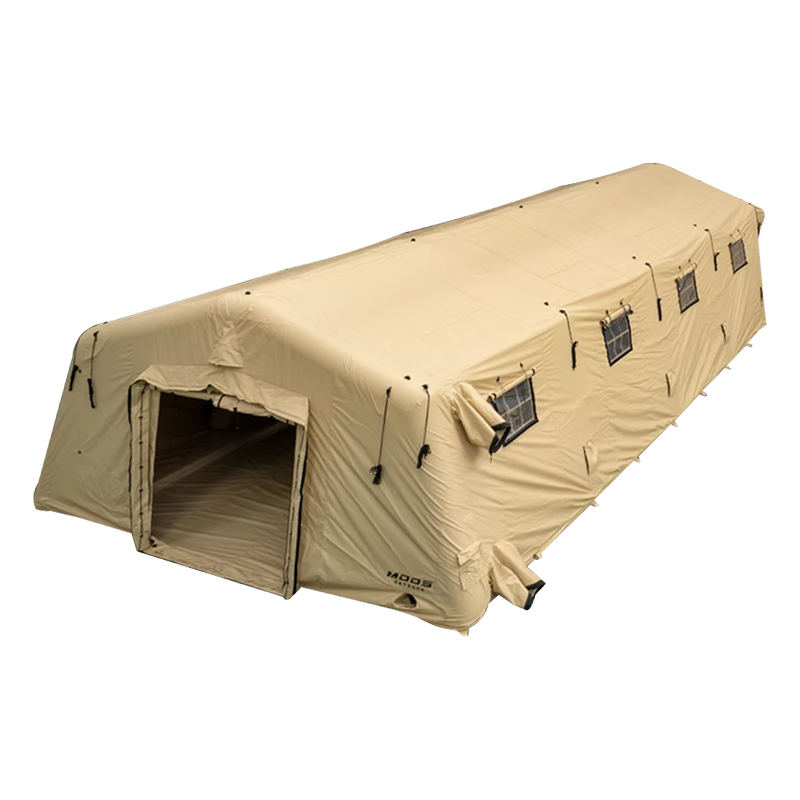 5.6x9.95m Multipurpose Medium Rapid Deployment Shelter Low-Pressure Inflatable Tent
5.6x9.95m Multipurpose Medium Rapid Deployment Shelter Low-Pressure Inflatable TentInflatable Relief/Emergency Tent
-
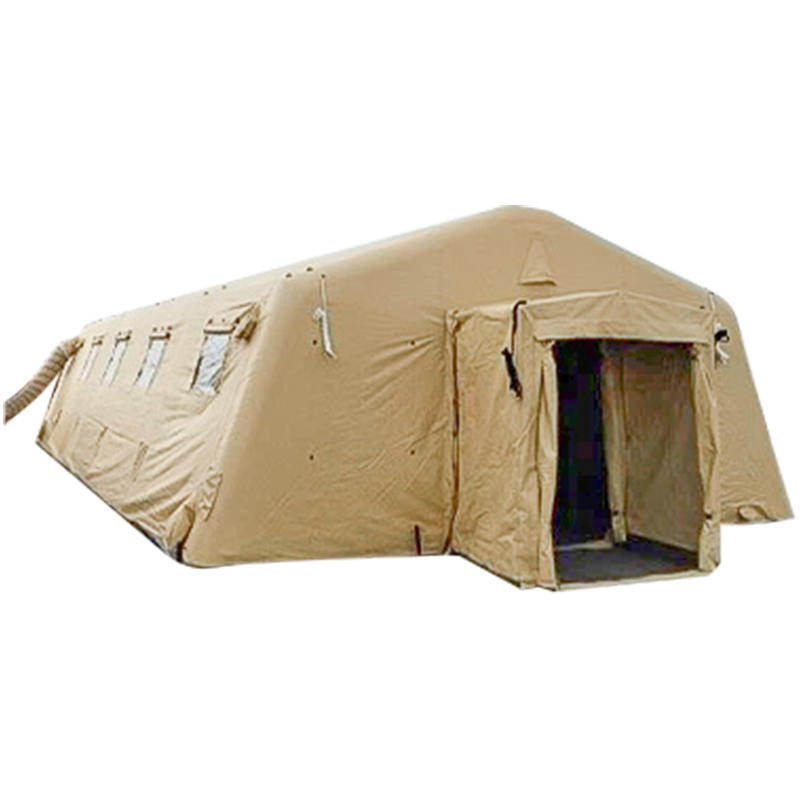 Low-Pressure 5.6x12.35m Multipurpose Large Inflatable Quick Deploy Airtight Tent
Low-Pressure 5.6x12.35m Multipurpose Large Inflatable Quick Deploy Airtight TentInflatable Relief/Emergency Tent
-
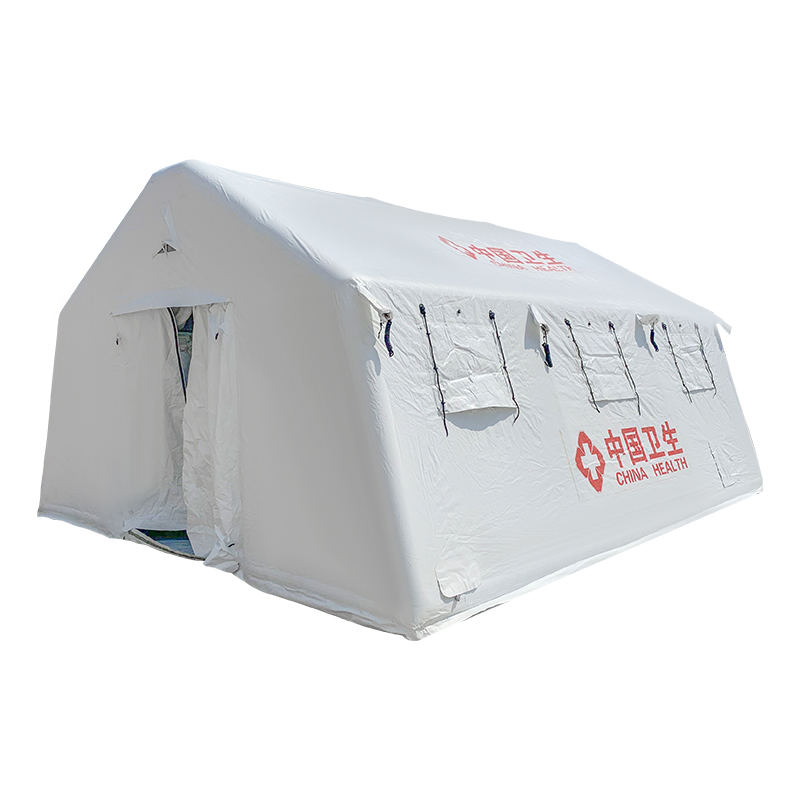 30 m² Red-Cross Dispensary Inflatable Tent
30 m² Red-Cross Dispensary Inflatable TentInflatable Relief/Emergency Tent
-
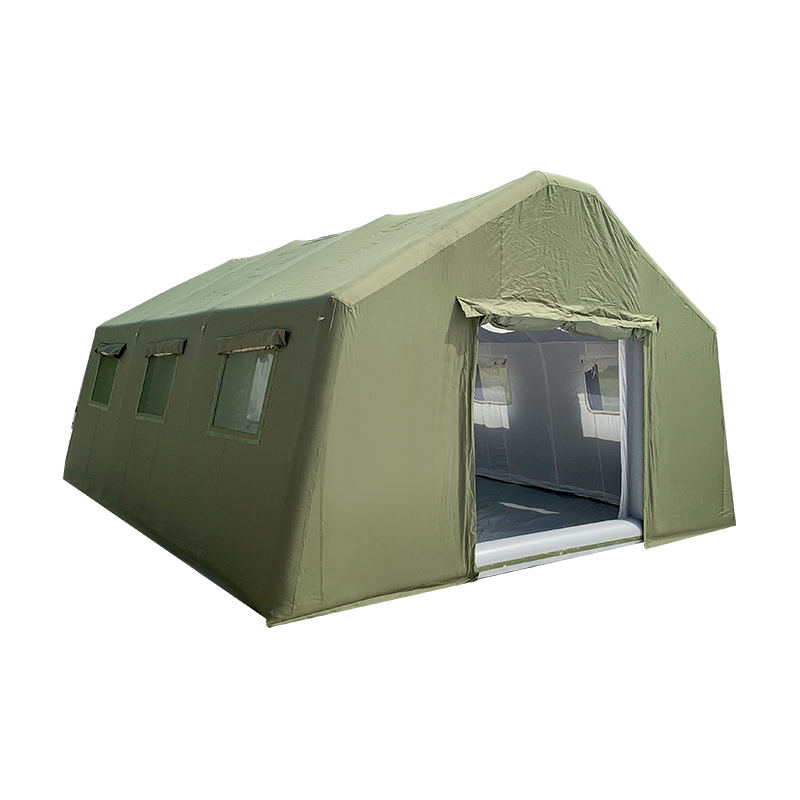 30 m² Rapid Deployment Military Command Inflatable Tent
30 m² Rapid Deployment Military Command Inflatable TentInflatable Relief/Emergency Tent
-
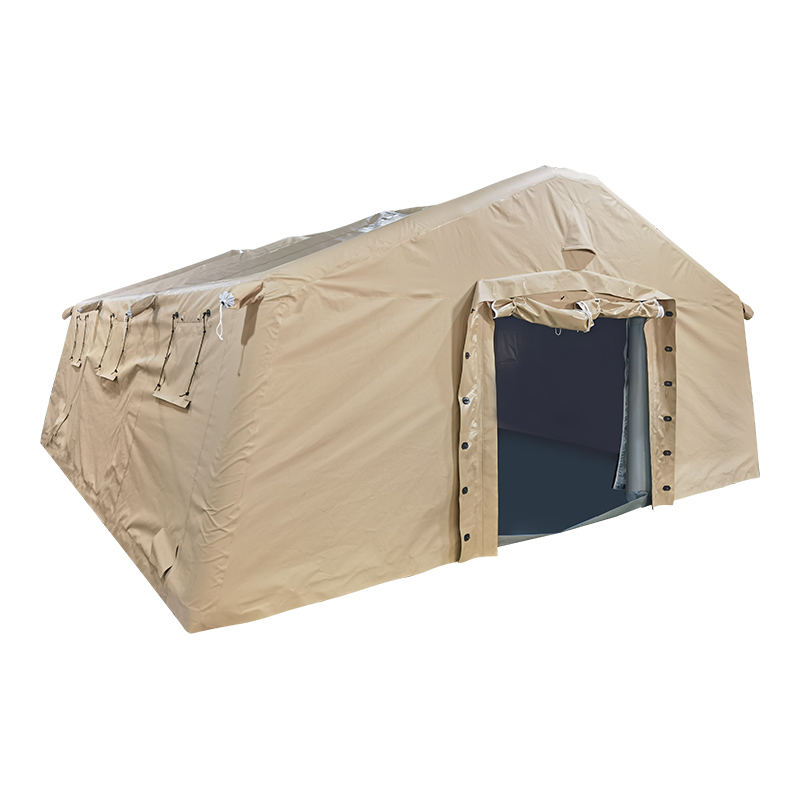 42 m² Rapid Deployment Multi-Purpose Inflatable Tent
42 m² Rapid Deployment Multi-Purpose Inflatable TentInflatable Relief/Emergency Tent
Rapid Inflatable Relief Emergency Tent Manufacturers
Products & Solutions
CONTACT US
-

+86 15695147631
-

-

No.9 Kangmin Road, Automobile industry Park, Yizheng City, Jiangsu Province, China
In times of crisis and disaster, providing shelter is paramount to ensuring the safety and well-being of affected individuals. Our Heavy-Duty Inflatable Emergency Relief Tent offers a rapid and reliable solution for emergency shelter needs. Constructed from robust materials, this tent is designed to withstand the toughest conditions, providing durable protection against inclement weather and frequent use in disaster areas.
The customizable design of the tent allows for versatile configurations to meet specific needs and adapt to different terrains and environments. With a spacious interior, it offers ample room for shelter, storage, and various essential activities, ensuring comfort and functionality for occupants during challenging times.
Transportation and setup are made simple with the tent’s compact deflated form, allowing for easy storage and transportation to affected areas. Once on-site, inflation and assembly procedures are straightforward, enabling quick deployment and immediate relief efforts.
The inflatable tent is suitable for a wide range of applications, including disaster relief operations, outdoor events, medical facilities, and more. With its heavy-duty construction, customizable design, and ease of deployment, our Inflatable Emergency Relief Tent is an essential tool for emergency responders and relief organizations striving to provide aid and support to communities in crisis.
Features:
1. Rapid Deployment: Quickly inflate and set up a sturdy shelter in emergency situations, providing immediate relief to those in need.
2. Heavy-Duty Construction: Made from durable materials capable of withstanding harsh weather conditions and prolonged use in disaster areas.
3. Customizable Design: Modular structure allows for flexible configurations to accommodate varying needs and terrain.
4. Spacious Interior: Provides ample space for shelter, storage, and other essential activities, ensuring comfort and functionality for occupants.
5. Easy Transport and Setup: Compact when deflated for convenient storage and transportation, with simple inflation and assembly procedures for quick deployment.
6. Versatile Use: Suitable for disaster relief efforts, outdoor events, medical facilities, and other emergency response scenarios.
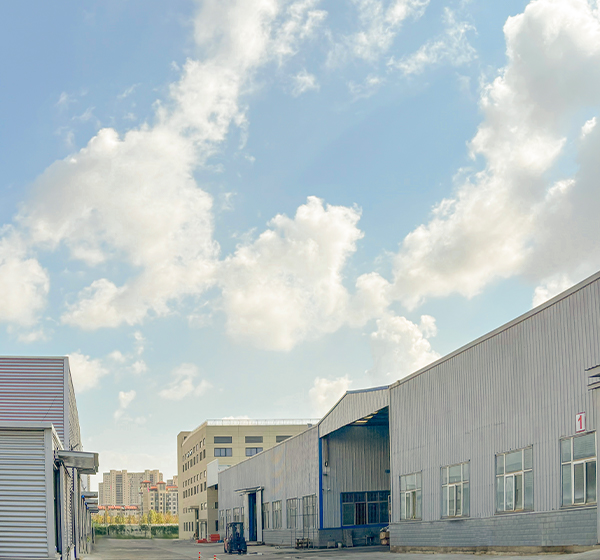
-
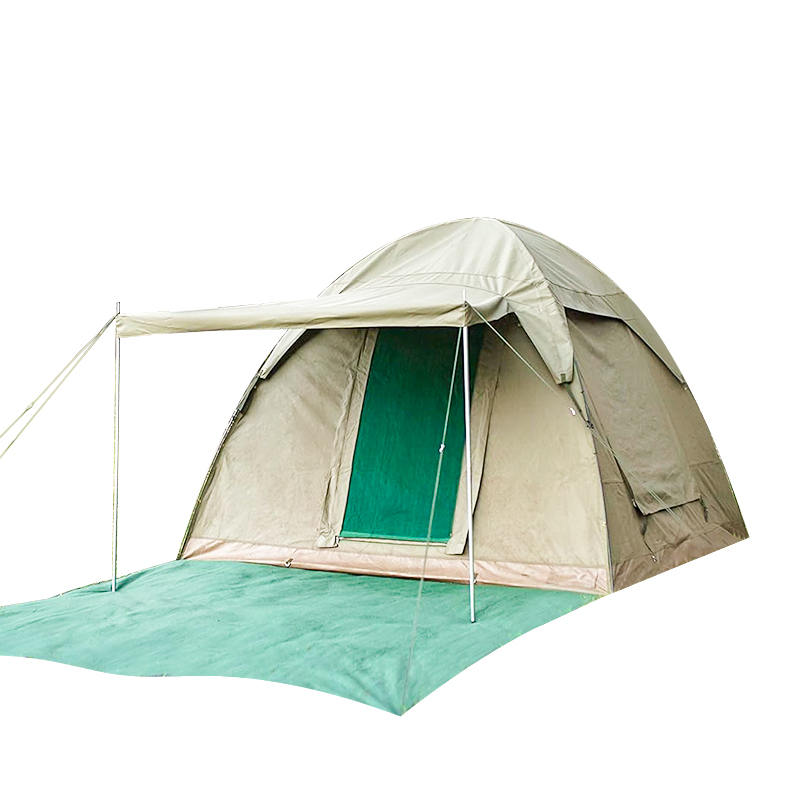
What Do Waterproof Ratings for Camping Backpacking Tents Actually Mean? Waterproof ratings (measured in millimeters, mm) quantify a tent’s ability to resist water penetration, based on standardized hydrostatic head testing. The rating represents the height of a water column the t...
READ MORE -
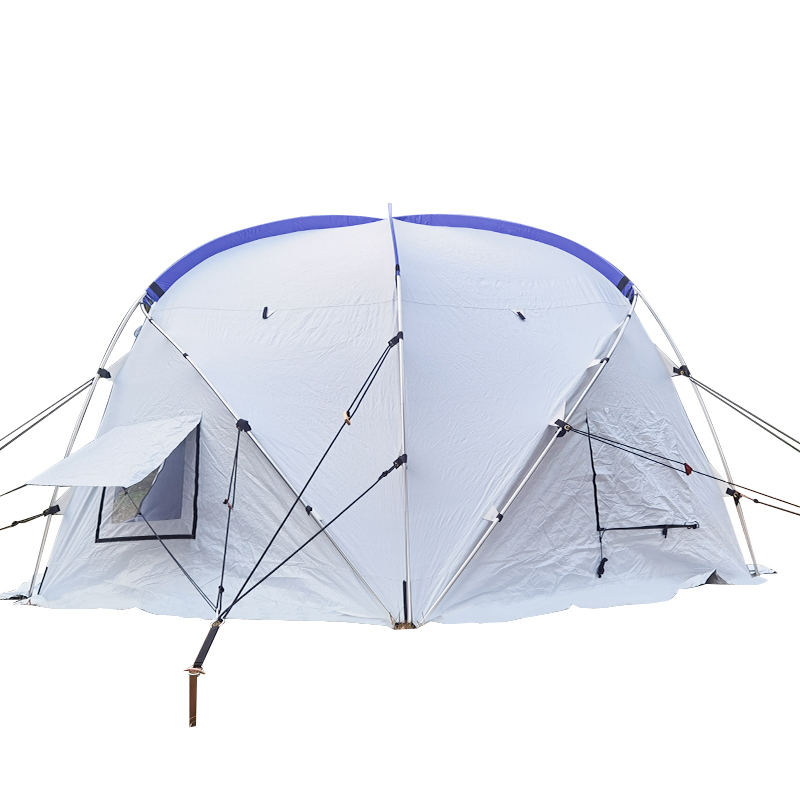
What core fabrics lay the foundation for windproof and waterproof relief tent? The windproof and waterproof performance of relief tent starts with the selection of core fabrics, which must withstand harsh natural conditions such as strong winds, heavy rains, and even hailstorms i...
READ MORE -
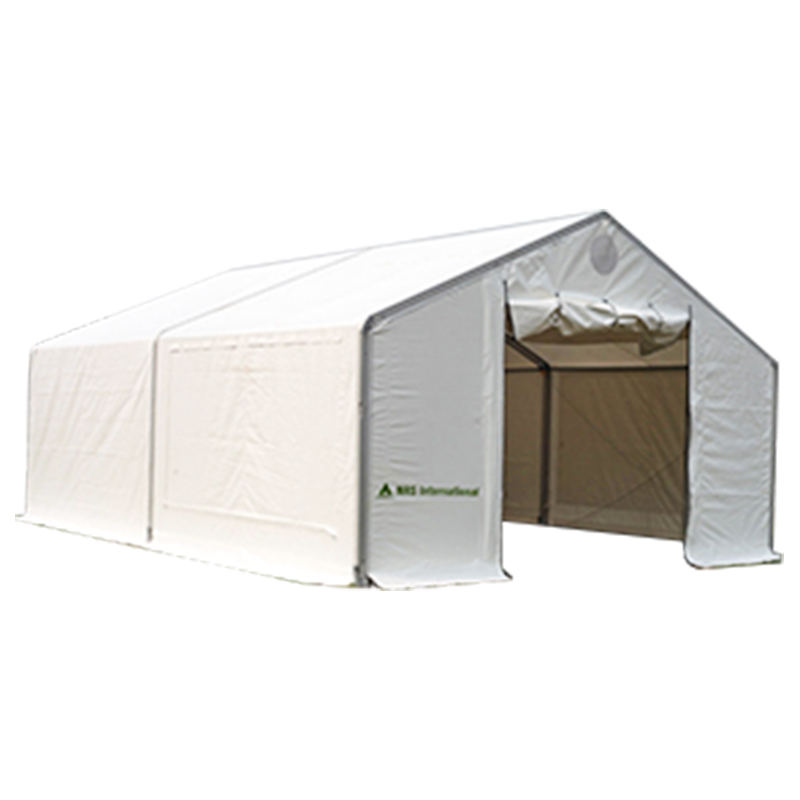
What Cost Advantages Make Warehouse Tents More Economical Than Traditional Warehouses? The core appeal of warehouse tents lies in their significant cost savings, which can reach up to 50% compared to traditional brick-and-mortar warehouses. First, the construction cost is far low...
READ MORE
I. The Inflatable Relief/Emergency Tent, with its inflatable structure at its core, offers unique advantages over traditional frame-type disaster relief tents in emergency situations, making it better suited for disaster relief needs.
Compared to traditional frame-type disaster relief tents, the Inflatable Relief/Emergency Tent's core advantages lie in rapid deployment, portability, and adaptability. In emergency situations, where time is of the essence, the inflatable structure eliminates the need for complex support assembly. Using a manual or electric air pump, a single person can inflate and shape the tent in a short time, significantly reducing setup time and making it particularly suitable for post-disaster situations where manpower is limited. When stored, the inflatable tent deflates and folds, making it approximately one-third the size of a traditional tent and lighter, making it easier to transport by vehicle, helicopter, or even by hand, making it suitable for complex transportation scenarios such as road disruptions. Furthermore, the inflatable structure lacks a rigid frame, allowing it to adjust slightly to the terrain, ensuring stable installation even on uneven surfaces like rugged and muddy ground. This eliminates the installation difficulties associated with traditional frame-type tents, making it more adaptable to complex post-disaster environments.
II. Inflatable Relief/Emergency Tents must withstand harsh emergency environments such as heavy rain, strong winds, and low temperatures. What protective features must their inflatable structure and fabric design possess to ensure safe use?
To withstand these harsh conditions, Inflatable Relief/Emergency Tents must be reinforced in both structural strength and fabric protection. Regarding the inflatable structure, a multi-chamber design with independent inflation ensures that damage to a single chamber does not affect the overall structural stability. The inflation valve must be leak-proof, maintaining stable air pressure even after prolonged use. Some tents also feature reinforced air pockets in key load-bearing areas (such as the bottom and corners) to enhance overall wind resistance and prevent deformation or collapse caused by strong winds. Fabrics must be made of high-strength, wear-resistant materials with a waterproof coating to prevent leakage in heavy rain. Cold-resistant fabrics must be used in low-temperature environments to prevent hardening and cracking due to low temperatures. In some scenarios, flame-retardant coatings may be added to reduce fire hazards. This synergistic combination of structure and fabric ensures safe use in emergency scenarios.
III.In emergency situations, power supply is often unstable. What flexibility does the inflation method of the Inflatable Relief/Emergency Tent need to ensure normal use without power?
To accommodate the unstable power supply in emergency situations, the inflation method must balance multi-mode adaptability and convenience. Key design features include support for both manual and electric inflation: the electric pump can be connected to an emergency power source or vehicle power for rapid inflation. In the event of a power outage, the manual pump can be switched to, eliminating the need for external power and enabling manual inflation, meeting the needs of remote disaster areas or power outages. Some lightweight models also feature a foot-operated pump, allowing single-person operation for both ease of use and convenience. Furthermore, the pump must be portable and detachable, storing separately from the tent for easy transport and replacement. This prevents pump failure from rendering the tent inoperable and ensures that it can be deployed normally under various power conditions.
IV. Inflatable Relief/Emergency Tents need to accommodate disaster victims or serve as temporary medical centers or command posts. How can their interior design balance "capacity requirements" and "functional zoning" to meet diverse emergency needs?
To address these diverse emergency uses, interior design must achieve a balance between "flexible zoning" and "expandability." In terms of capacity, tents can be designed in a variety of sizes, from small two-person emergency tents to large multi-person collective tents, meeting the varying capacity requirements of individual shelters, family shelters, and even temporary medical centers. Large tents can be divided into functional areas using removable partitions (such as waterproof curtains). For example, in a temporary medical center, separate areas for diagnosis and treatment, medication storage, and rest areas can be created, ensuring they do not interfere with each other. Furthermore, the interior walls of the tents can be designed with simple storage pockets, hooks, and other accessories to facilitate the storage of emergency supplies such as medical equipment and communication devices, preventing items from being scattered and impacting the usable space. Some tents can also be equipped with external expansion air columns to expand the existing space and adapt to changing emergency needs. In post-disaster situations, tents may experience damage, leaks, and other issues.
V.What simple repair tools and solutions should be included with Inflatable Relief/Emergency Tents to allow non-professionals to quickly address these issues?
To address unexpected post-disaster issues, Inflatable Relief/Emergency Tents must be equipped with a "Quick Repair System." First, each tent must be provided with a dedicated repair kit containing a patch sheet that matches the tent fabric, high-strength waterproof glue, and sealing tape. The repair materials must be pre-cut to common sizes, eliminating the need for additional cutting. Second, the repair process must be simple and easy to understand, with illustrated instructions covering steps such as damage detection (e.g., applying soapy water to locate leaks), surface cleaning, and patch application, making it easy for non-professionals to quickly master the process. For inflation valve leaks, the repair kit must include a spare seal ring, which can be replaced manually without tools; it can be removed and installed manually. Furthermore, some key components (such as the pump connector) can be designed with universal specifications to facilitate interchangeability between different tents, reducing troubleshooting time and ensuring the tent can be put back into service as quickly as possible.
VI. If an inflatable relief/emergency tent requires long-term storage for emergency use, what storage conditions and maintenance should be considered to ensure continued function?
Long-term storage requires attention to "aging prevention," "damage prevention," and "easy activation." The storage environment should be dry, well-ventilated, and out of direct sunlight to avoid moisture that can cause mold in the fabric or rust on metal parts, and to prevent direct sunlight from accelerating fabric aging. The tent should be completely deflated and folded to prevent airbag fatigue caused by prolonged inflation. Avoid sharp objects when folding the tent, and use a dedicated storage bag to minimize fabric wear. During regular maintenance, inspect the fabric for damage, the proper sealing of the inflation valve, and the expiration of the repair kit materials. Replace any worn parts if necessary. After a certain period of storage, perform an inflation test to ensure there are no leaks, ensuring quick activation in an emergency and preventing functional failure due to long-term storage.
VII. What capabilities does Yangzhou Mailenda Outdoor Products Co., Ltd. have in the production and supply of inflatable relief/emergency tents to ensure their adaptability to emergency needs?
As a company specializing in outdoor product manufacturing for over 20 years, Yangzhou Mailenda Outdoor Products Co., Ltd. boasts numerous advantages in the production and supply of inflatable relief/emergency tents. On the production side, the company boasts advanced equipment such as automatic cutting machines, hot air seam sealing machines, and high-frequency welding machines, enabling precise control over the cutting and splicing of tent fabrics. In particular, specialized equipment ensures leak-free airbag seams and structural stability in the sealing of the inflatable structure. Furthermore, the company is familiar with the properties of various emergency tent fabrics, including PE, PVC, and TPU, enabling it to select the appropriate material for different emergency scenarios, meeting requirements for waterproofing, cold resistance, and wear resistance. On the supply side, relying on two production bases and sufficient production capacity, we can quickly respond to emergency orders. Combined with a complete ERP system and large warehouses, we can achieve rapid scheduling of raw materials and timely delivery of finished products. In addition, the company has rich experience in international emergency projects, and its products are adapted to the emergency needs of different regions. We can provide full-process services from design, production to delivery, providing reliable guarantees for the emergency supply of Inflatable Relief/Emergency Tent.


 English
English 中文简体
中文简体 Español
Español 日本語
日本語 русский
русский عربى
عربى


